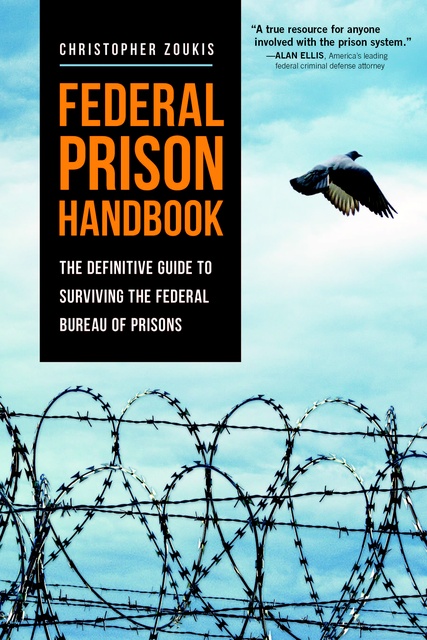by Douglas Ankney
The new “Transitional Analysis Dental Age” (“TADA”) estimation tool – funded by the National Institute of Justice (“NIJ”) – is now available online to assist forensic analysts with estimating the age of unidentified skeletal remains of infants and teens. The age of the skeletal remains of ...
by Douglas Ankney
The Supreme Court of Minnesota declined to extend the good-faith exception to the exclusionary rule, as adopted under the Minnesota Constitution, to a search and arrest based on a quashed warrant that appears active to law enforcement because of a clerical error by court administration.
In ...
by Douglas Ankney
In a case involving three issues of first impression, the Court of Appeal of California, First Appellate District, ruled that Penal Code Section 1509(1)(c)’s 10- and 60-day deadlines are directory, not mandatory; the section’s “substantiality standard” is met where the applicant makes a strong enough case to ...
by Douglas Ankney
The Supreme Court of Tennessee abrogated the common law accomplice-corroboration rule on a prospective basis and dismissed the murder conviction of Laronda Turner due to insufficient evidence.
Turner, along with codefendants Tony Thomas and Demarco Hawkins, were involved in the triple homicide of Anthony Isom, Chastity ...
by Douglas Ankney
The District of Columbia Court of Appeals gave prosecutors Mary Chris Dobbie and Reagan Taylor an absurdly lenient sentence of one year’s probation for deliberately withholding evidence that resulted in an innocent man spending four years in prison. In re Dobbie, 305 A.3d 780 (D.C. Cir. ...
by Douglas Ankney
According to Techdirt, the federal government is obtaining court orders forcing Google and others to provide user ID information of people accessing innocuous videos based on the fact that one of the hundreds or even potentially thousands of former viewers might be a suspect of ...
by Douglas Ankney
The U.S. Court of Appeals for the Eleventh Circuit reversed the U.S. District Court for the Southern District of Florida’s grant of habeas relief to Florida state prisoner Jimmie L. Bowen, holding that the state court’s decision was not “so obviously wrong that its error lies beyond ...
by Douglas Ankney
Resolving a split among the Courts of Appeal, the Supreme Court of California ruled that a defendant has a due process right to notice of a prosecutor’s election to seek an enhanced sentence under Penal Code § 667.61(j)(2). (Note: Undesignated statutory references are to the California Penal Code.)
Oscar Manuel Vaquera was charged by information with two separate counts of committing “a lewd and lascivious act upon and with the body” of “a child under the age of fourteen (14) years” in violation of § 288. Vaquera’s information read as to count 2: “it is further alleged pursuant to Penal Code sections 667.61(b)/(e)(4), that in the commission of the above offense, defendant OSCAR MANUEL VAQUERA committed an offense specified in Penal Code section 667.61(c) against more than one victim.”
California’s “One Strike” law, § 667.61, “is an alternative sentencing scheme that applies when the prosecution pleads and proves specific aggravating circumstances in connection with certain sex offenses,” the Court stated. Without the One Strike allegation, Vaquera faced a sentence of 3, 6, or 8 years. § 288(a).
But under § 667.61(b), the One Strike law provides for a mandatory sentence of 15 years to life for ...
by Douglas Ankney
The Supreme Court of Kansas clarified the framework to be used for determining whether a confession was voluntary and expressly overruled prior precedents that had held that “reliability of the confession” was a factor to be considered.
When G.O. was 16 years old, his younger stepsister was hospitalized. She revealed that G.O. had molested her. The Kansas Department for Children and Families (“DCF”) was contacted. A DCF representative told G.O.’s mother (“Mother”) and stepfather that G.O. had to be removed from the home and that counselling was necessary to reintegrate the family. The DCF representative told the Mother that each family member would be interviewed. The next person to contact the Mother was a detective from the Topeka Police Department (“TPD”). The Mother believed the detective’s interview was orchestrated by the DCF. She told G.O. that he had to “give more details to the detective” than he had given to her in order to get their family back together.
At the police station, the detective told G.O. that he wasn’t under arrest; that the purpose of the interview was only “to help G.O.’s stepsister heal, … to get the family back together,” and that the interview ...
by Douglas Ankney
Anthropology professor Dawnie Steadman, Director of the Forensic Anthropology Center at the University of Tennessee (“University”), and her colleagues “hypothesized that drugs found in decomposing bodies could have an influence on the behaviors of decomposers and result in differential rates of decomposition.” At the University’s Body Farm – “a 2.5-acre wooded property where researchers have been studying decomposition in a variety of natural settings” – researchers noticed an interesting phenomenon. “Human bodies donated for study and placed in the same environment at the exact same time were decomposing at different rates.” For example, there was heavy scavenging on some of the bodies while other bodies were entirely ignored. Insects colonized bodies at different times even though the bodies were in identical environments. And soil profiles revealed different chemical compounds among the individual bodies.
The varying characteristics of the bodies “appeared to enhance or disrupt decomposition.” This prompted the researchers “to question the accuracy of time-since-death approximations or the postmortem interval based on human and insect evidence.” Steadman and her team examined “the relationship between a donor’s drug use, end-of-life diseases, and their decomposition dynamics, which are affected by the behavior and presence of scavengers, insects, and ...





